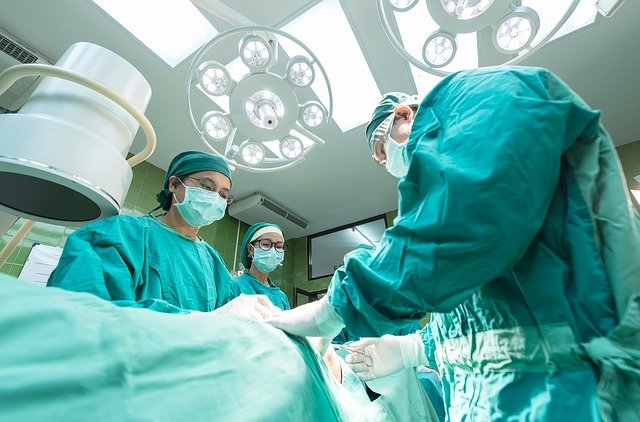Patients at high risk for stroke due to arrhythmias or atrial fibrillation (AFib) were less likely to suffer strokes after heart surgery if the physicians also performed a left atrial appendage occlusion (LAAO), new results presented at the American College of Cardiology Scientific Sessions (ACC.21) suggested.
The researchers for the Left Atrial Appendage Occlusion Study III (LAAOS III) enrolled a total of 4,811 patients from 133 centers who were undergoing cardiac surgery with documented AFib/atrial flutter and a CHA2DS2-VASc score of 2 or greater. Patients were randomly assigned to surgical LAAO or no LAAO at the time of cardiac surgery. The primary outcome of interest was ischemic stroke or systemic embolism, with a primary safety outcome of hospitalization for heart failure (HF). Patients were followed-up on every six months by questionnaire, and mean follow-up was 3.8 years. All patients received standard anticoagulation therapy.
According to the study results, just 4.8% of patients assigned to LAAO experienced the primary outcome at 3.8 years, compared with 7.0% who did not receive LAAO (HR=0.67; 95% CI, 0.53 to 0.85; p=0.001). After the first 30 days, patients receiving LAAO during surgery were 42% less likely to have a stroke during long-term follow-up than their counterparts who did not receive LAAO. Ischemic stroke was lower at 3.8 years in the LAAO arm. Systemic embolism and death rates were similar between treatment arms, and hospitalization for heart failure was slightly higher in the LAAO group. The results were consistent across all subgroups (geographic location, sex, age, type of AFib, type of blood thinner, and other variables).
The trial was stopped early due to the strength of the observed benefit. No adverse side effects were reported. The procedure added less than 10 minutes time to the heart surgery.
This study confirms a new paradigm for stroke prevention for patients with AFib,” lead author Richard Whitlock, MD, PhD, a cardiac surgeon at McMaster University in Ontario, said in a news release. “The additive benefic of surgical LAAO on top of blood thinners has now been proven. There is no question that patients who are undergoing heart surgery and have elevated stroke risk and AFib should have their atrial appendage occluded in their cardiac surgery.”
Dr. Whitlock added: “We were ecstatic to see these results. This trial opens a new option for treatment of these patients by layering a mechanical approach—occlusion—on top of a medical approach. Instead of a tension between anticoagulation and occlusion, we need to start thinking about using these additive approaches when patients are at high risk for stroke. This is a procedure that’s done once, and it keeps giving a benefit over time. This is going to prevent thousands of strokes.”
The study was simultaneously published in the New England Journal of Medicine.
Whitlock R. The Left Atrial Appendage Occlusion Study III (LAAOS III). Presented at: American College of Cardiology Scientific Sessions; May 15-17, 2021.
Credit: Original article published here.










